A true icon of the London skyline, the majestic clock tower of the Palace of Westminster - known to all and sundry simply as Big Ben - is one of the world’s great timepieces. A marvel of engineering, the booming 118-decibel chiming of the tower’s mighty bells can be heard across the city, and has ensured that Londoners have been arriving at appointments on time for over 160 years. But Big Ben is much more than a simple clocktower. The magnificent neo-gothic edifice rises almost 100 metres into the sky from its strategic position on the banks of the Thames, and is visible for miles around. As such, it’s the most recognisable symbol of the English capital and a must visit on any tour of London. Let’s learn more about this beloved London landmark!
We’re not sure who Ben was - but we have a couple of ideas
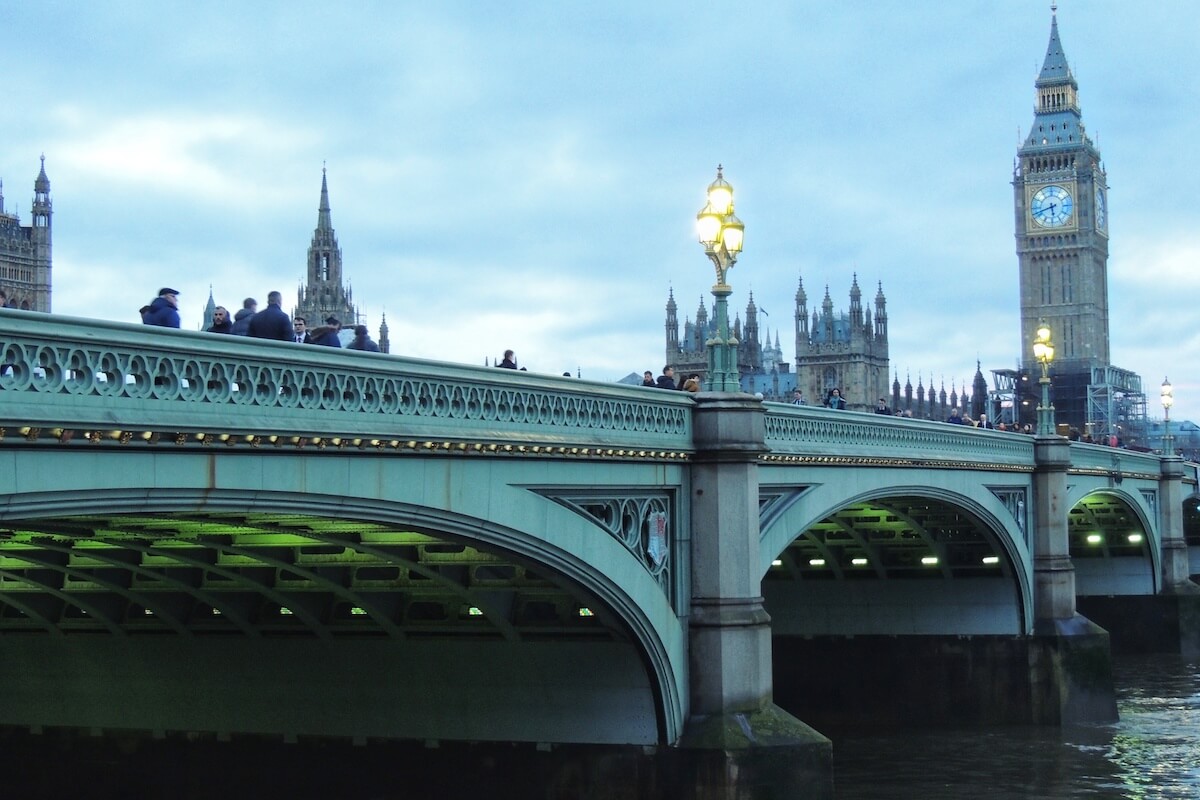
Contrary to popular belief, "Big Ben" is not the name of the clock tower itself. “Big Ben” actually originally referred to the Great Bell housed within the tower, and the origin of this moniker is still a subject of some debate. Some see in it a reference to Sir Benjamin Hall, a strapping politician and commissioner of works during the tower's construction who supervised the installation of the mighty bell. Others suggest it may have been inspired instead by the heavyweight bare-knuckle boxing champion Benjamin Caunt, a name on everybody’s lips thanks to his epic 60-round bout with Nat Langham in his final fight shortly before Big Ben was completed. Either way, this nickname has stood the test of time and is now synonymous with the entire clock tower.
The Clock Tower took over 15 years to build
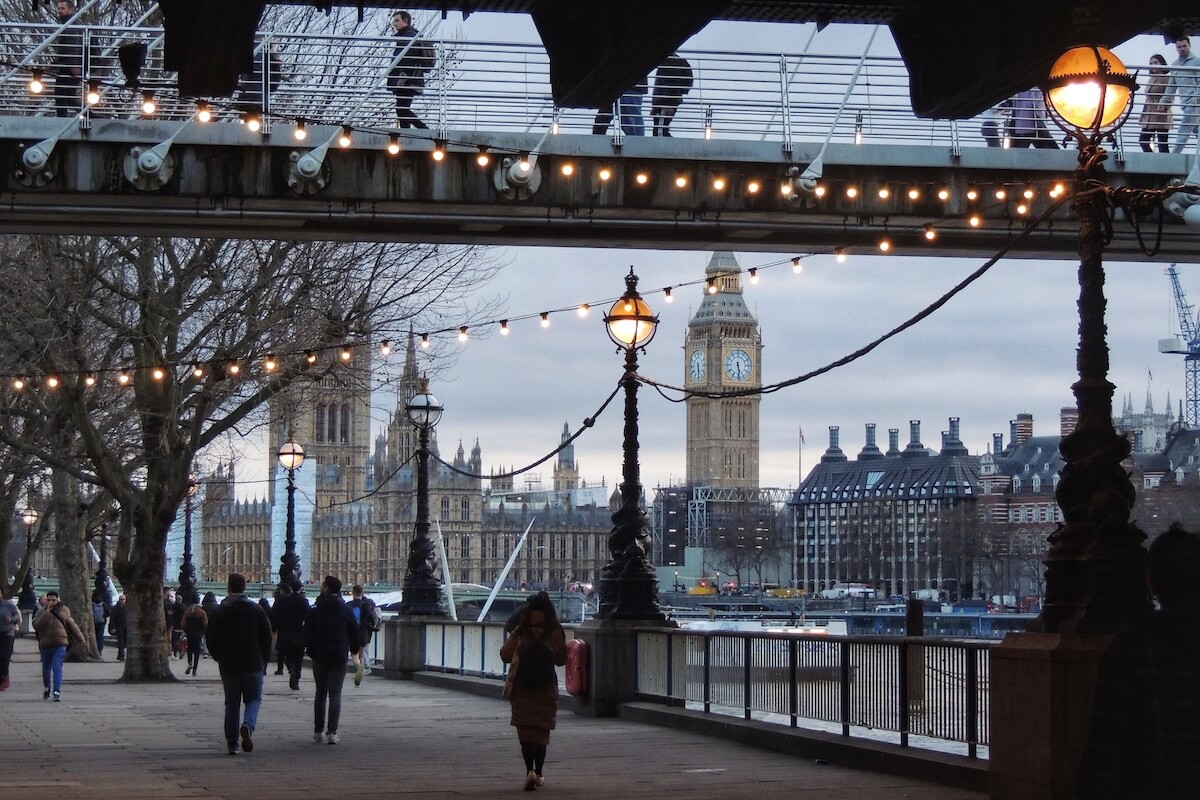
The clock tower was an integral part of Charles Barry’s designs for the sprawling Palace of Westminster, which was commissioned to replace an earlier Palace which had been destroyed in a devastating fire in 1834. Barry turned to the eminent architect, historian and theorist Augustus Pugin to aid him in designing the tower. Although the style of the tower closely matches that of Barry’s adjacent Houses of Parliament, there are plenty of distinctively Puginesque touches in the intricate neo-gothic decorative detailing.
The construction of the clock tower began in 1843, and was completed in 1859. Made from brick clad in Antsone limestone, over 300 steps lead up the bell tower (a lift was finally installed in recent years, much to the delight of the resident engineers. The Great Bell itself, weighing in at an eye-watering 13.7 tons, was cast in Whitechapel Bell Foundry in east London after an earlier bell made in Stockton On-Tees proved to be fatally flawed, and was raised to the belfry in 1858. The four clock faces on the tower each boast a diameter of 23 feet, and are made up of over 300 shards of Opal glass each. and are illuminated at night, making them visible from miles away and adding to the tower's grandeur.
Big Ben is a marvel of Victorian engineering
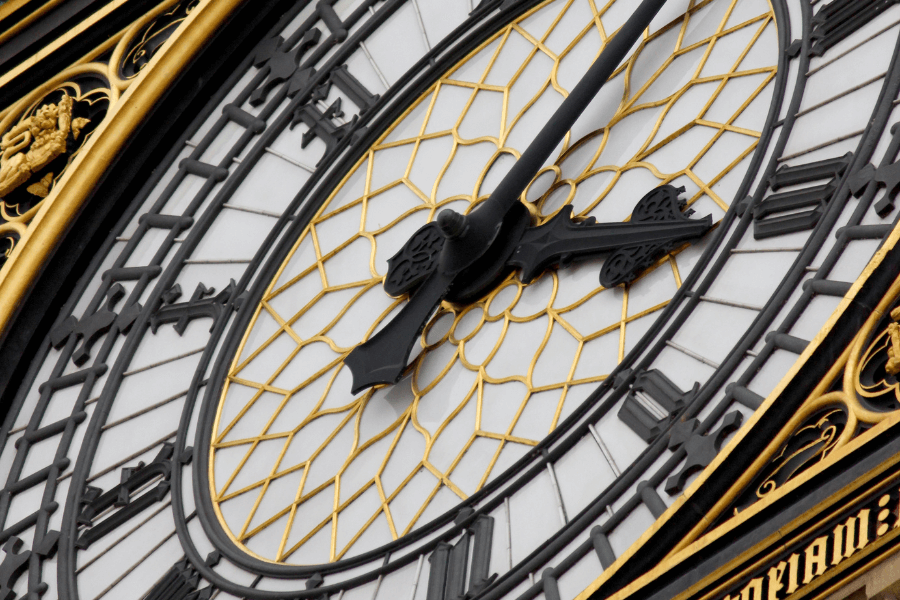
Designed by Edmund Beckett Denison and built by Edward Dent, the mechanism that powers the mighty timepiece comprises a complex and ingenious arrangement of gears, levers, and weights that ensures the clock's accuracy and resistance to the vagaries of inclement weather - it runs to an accuracy of better than 2-seconds per week, a feat that was considered more or less impossible for a clock of this size in the 19th century. The clock employs an ingenious double three-legged gravity escapement, which controls the release of energy from the weights and regulates the swinging of the 14-foot long pendulum.
To this day the resident clockmakers continue to deploy an ingenious - and unexpected - additional method of ensuring that the timekeeping remains accurate : a stack of old, pre-decimal coins is placed on the pendulum's weight tray, and each week a penny is added or removed to regulate the clock's accuracy. The subtle addition or subtraction of weight helps keep the pendulum's swing speed within the desired range, with the addition of a single penny speeding up the clock by two-fifths of a second over a 24-hour period.
Big Ben miraculously survived World War II
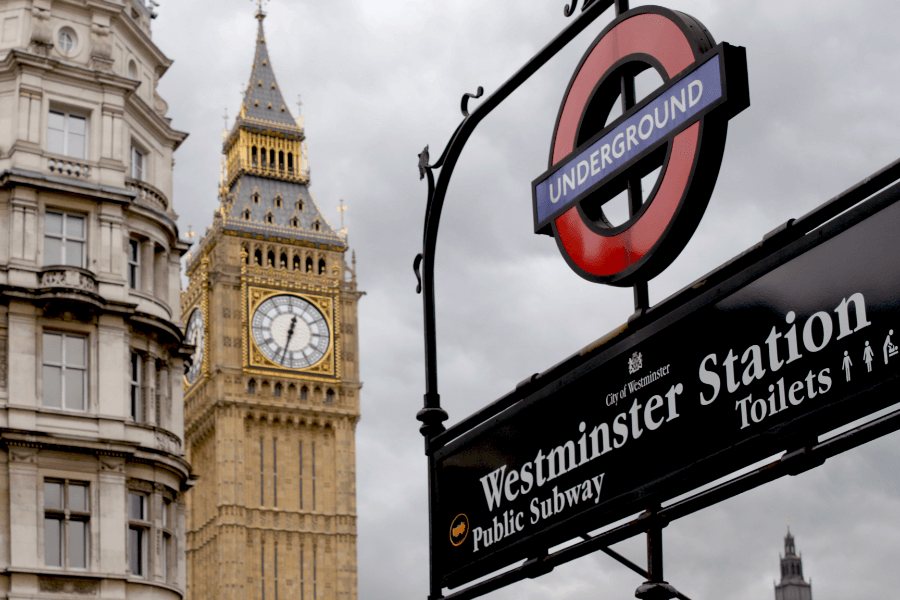
With its prominent position overlooking the River Thames and the Houses of Parliament, Big Ben was a highly visible target for enemy aircraft during World War II. To prevent the bell tower’s sounds from aiding enemy aircraft, the clock's chimes were silenced for the duration of the conflict. Despite the precautions, Big Ben was not immune to the devastation of German bombs during the Blitz: on May 10, 1941, a German bombing raid inflicted damage on the Houses of Parliament and the surrounding area, including the clock tower itself. The explosion shattered windows, scorched the facade and damaged the clock faces. Remarkably, even after the attack, the clock mechanism within the scarred and battered tower continued to function with its usual accuracy. On May 9, 1945, following Germany's surrender, the clock's chimes rang out once again to mark the end of hostilities in Europe.
The bells of Big Ben chime a distinctive melody
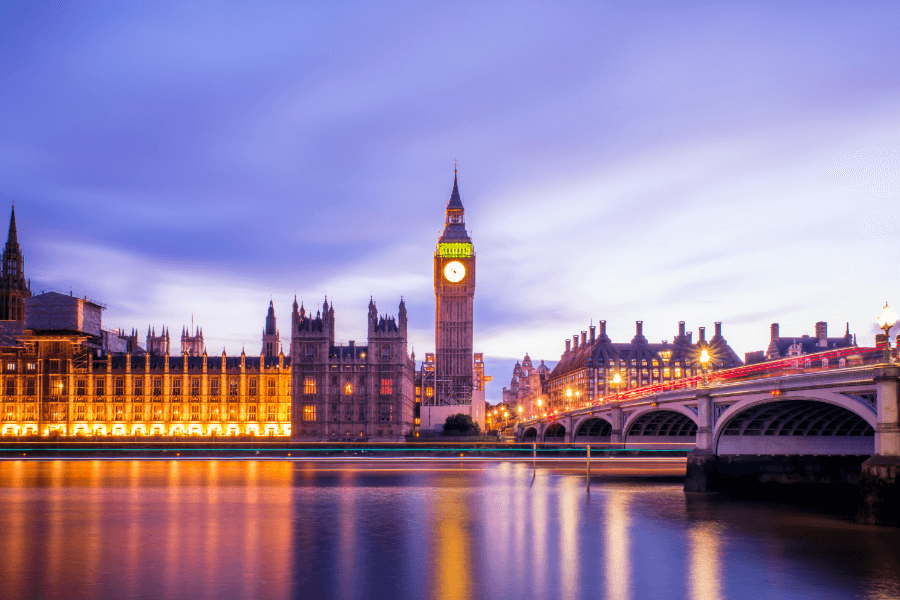
The pleasant melody sounded by the bells of the tower is known as the “Westminster Quarters.” The clock's chime is made up of four musical notes, G, F, E and B; these are played every quarter hour by the so-called “quarter bells” that surround Big Ben itself. The Great Bell chimes on the hour, and the number of chimes corresponds to the hour. A prayer is associated with the melody, and is inscribed on a plaque in the Big Ben clock room:
All through this hour
Lord be my guide
That by Thy power
No foot shall slide.
The harmonious tones of the Westminster Quarters are immediately recognisable, and an indelible feature of life in London.
Big Ben fell silent for a four-year restoration in 2017
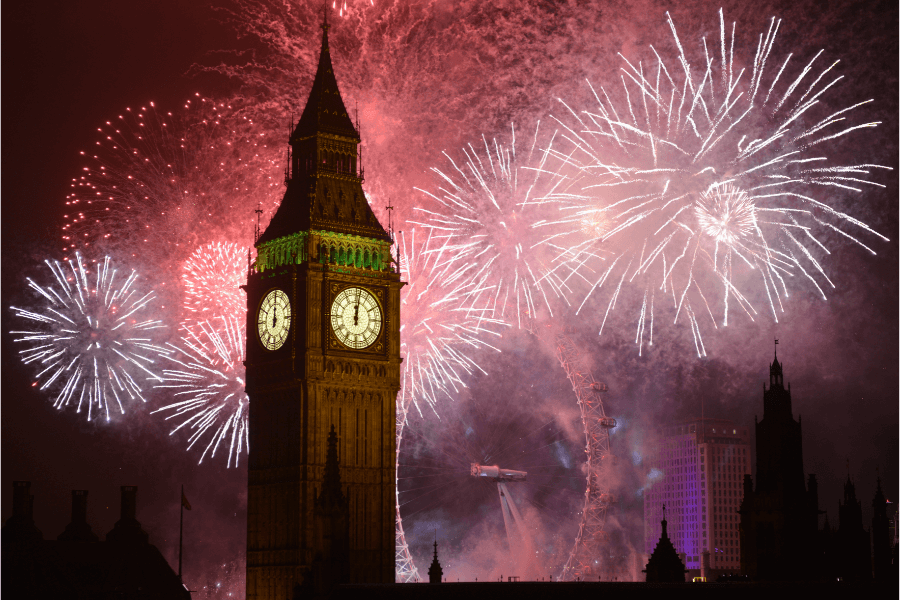
In 2017, Big Ben fell silent for the first time in decades as part of a four-year restoration project. The goal was to ensure the long-term preservation of the clock tower. The venerable old tower was starting to show its age, discoloured from pollution and battered from decades of inclement English weather. The chimes ceased on August 21, 2017, and scaffolding went up on the tower to facilitate the meticulous cleaning and restoration processes. The massive clock faces themselves, including the 14-feet long copper minute hands, were repaired and their delicate ornamentation restored to its original Victorian glory. During their enforced silence, the mechanism of the clocks and bells were also repaired, future-proofing Big Ben for decades to come. On New Year's Eve in 2021, Big Ben's chimes rang out once again, marking the end of the restoration project and the return of the iconic peeling bells to the soundscape of London.
The Tower was renamed in honour of Queen Elizabeth II in 2012
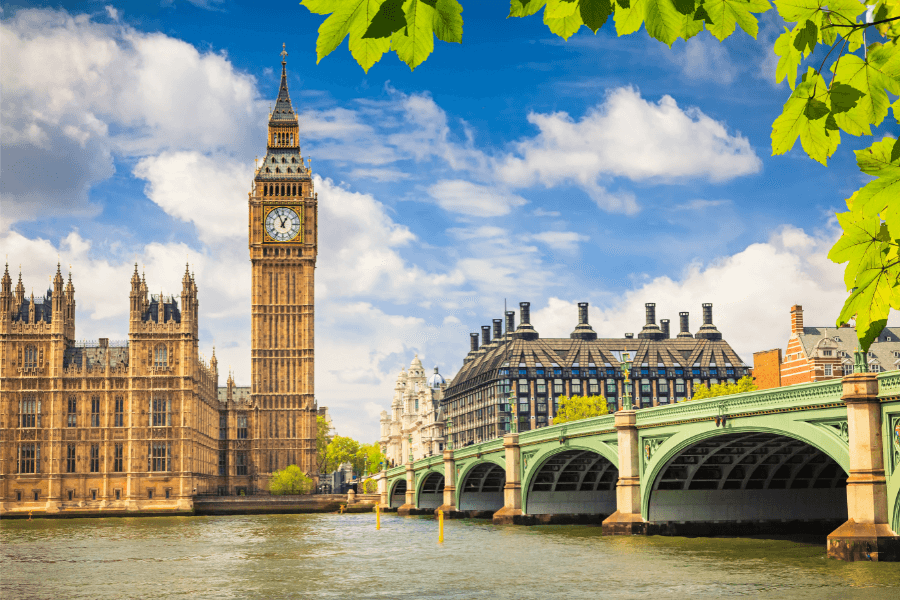
In 2012, the name of the tower that houses Big Ben was officially changed to the "Elizabeth Tower” in honour of the then-reigning Queen Elizabeth II. Previously the tower itself was rather prosaically known simply as the “Clock Tower,” or occasionally “St. Stephen’s Tower” during the 19th century. 2012 marked the sovereign’s Diamond Jubilee, an event that celebrated her remarkable 60 year reign - Elizabeth was only the second British monarch to reach the milestone after Queen Victoria, and she would go on to become the longest-serving royal in the country’s history. As a sign of respect, lawmakers in the Houses of Parliament voted unanimously to name the tower in the queen’s honour. But while the tower's name officially changed, the Great Bell within it still retains its cherished moniker of Big Ben, and you’ll likely get largely blank looks in London if you ask the way to the Elizabeth Tower!
Big Ben is a regular star of the Silver Screen
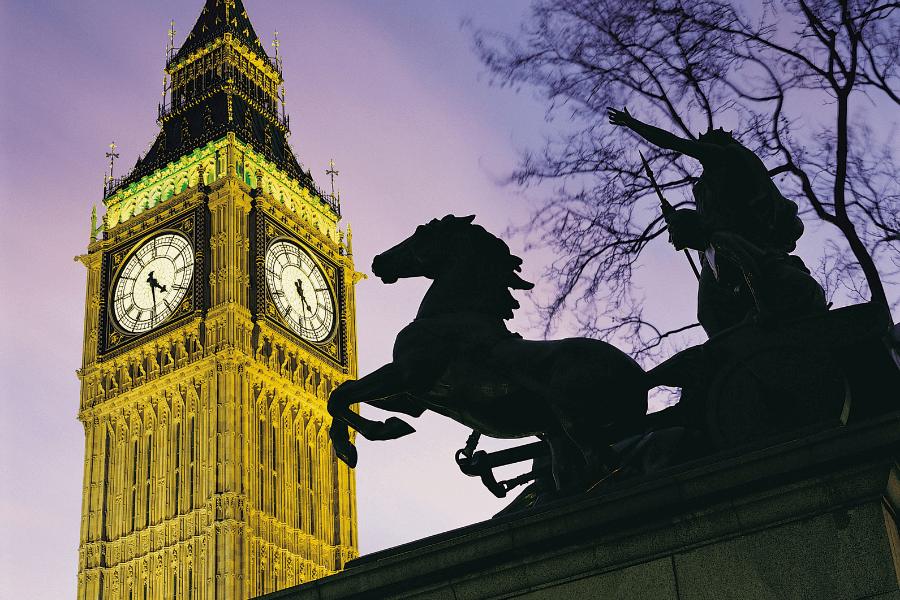
Big Ben has regularly graced the silver screen as more than just a backdrop - it's frequently a cinematic character in its own right, and was voted London’s most iconic film location in a 2007 poll. From its role in the post-apocalyptic disaster movie 28 Days Later, where the tower stands like a desolate sentinel over a ravaged world to an altogether happier turn in Mary Poppins, where it marks the rhythms of magical adventures as the eponymous nanny zooms past, Big Ben’s symbolic power has been recognised by directors for decades.
The tower has been blown up in at least 7 movies, most spectacularly in the climax of V for Vendetta. But our favourite appearance of the venerable clock might be in the 1980s Disney animated adventure "The Great Mouse Detective": the film’s dramatic finale sees the Sherlock Holmes-inspired rodent Basil do battled with crazed villain Rattigan (a scene-stealing Vincent Price) amidst the cogs and gears of the clock mechanism, and culminates with the pair facing off in front of Big Ben’s illuminated clock face as rain sheets down all around them.
As a symbol of London's enduring spirit and a beacon of architectural brilliance as well as technical ingenuity, Big Ben continues to captivate visitors to London, and it’s a must-visit stop on any trip to the city. Visit Westminster and see Big Ben for yourself on Through Eternity’s expert-led Best of London private tour!


